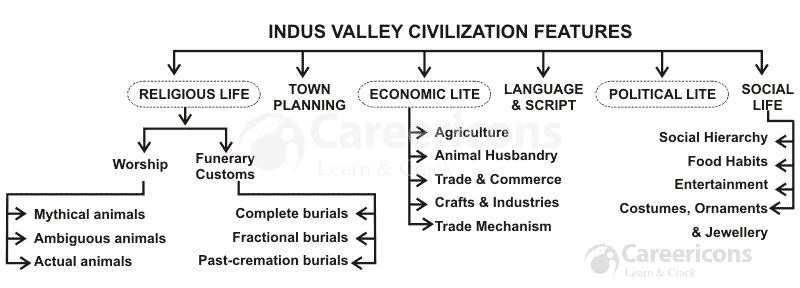https://drive.google.com/drive/folders/14DEu8ghF5f8NeAn5jfG6Lvwf0D2u2iEo?usp=sharing, https://drive.google.com/drive/folders/1_lXBTL7-Y3Sfv_UG0ro3LhNgKnrwtDLU?usp=sharing, https://drive.google.com/drive/folders/1aZGHRioY-CwzgYcbb5ZkBrcz5zvVkRPe?usp=sharing, https://drive.google.com/drive/folders/1fDTJzQu6WzfjM3dprDfrokse6VgR19U7?usp=sharing, https://drive.google.com/drive/folders/1yNF2p4J4a9ulpdxiq-1W2c6MTxPPcgai?usp=sharing
Mahatma Gandhi and the Nationalist movement1
Mahatma Gandhi and the Nationalist movement
Mahatma Gandhi and the freedom movement
peasants zamindars and the state
thinkers beliefs and buildings
Theme 10


Roots of Indus Valley Civilization • Settlers in Indus Valley as early as 7000 B. C. E. – Possibly began as herders who moved into the river valley during colder months. – Began trading by boat along the Indus, into the Arabian Sea and the Persian Gulf, into Mesopotamia. – Indus River prone to course changes…what happens to cities when this occurs? – All knowledge comes from artifacts – no insight from writing, as in Mesopotamia and Egypt
Carefully Planned Cities • Began about 2500 B. C. E. – survived for around 500 years. • Both Harappa and Mohenjo-Daro, two of the largest among 500 sites, were three miles in circumference with around 40, 000 people. • Streets laid in GRID PATTERN
Mohenjo-Daro and Harappa • To the north is a CITADEL or raised/fortified area. • On the summit was a huge communal BATH. • Next to the large bath was a huge open space—a GRANARY where food was stored from possible floods. • Fortified walls mark the southeast corner.

Harappa and Mohenjo-daro • Private houses – private WELL, BATH, and TOILET (consisting of a brick seat over a drainage area). • Brick-lined drains flushed by water, carried liquid and solid waste to sumps, where it was carted away, probably to fertilize nearby fields. EARLY SEWERS. • Houses raised to protect from floods • What do these tell us about the people? ? ?
Harappa and Mohenjo-daro • Town plan was regular – evidence of central authority • Fire-baked bricks were uniform in size and shape. • No monumental architecture found to clearly mark the presence of a palace or temple. • There is little sign of social stratification in the planning
Harappa and Mohenjo-daro • Private houses – private WELL, BATH, and TOILET (consisting of a brick seat over a drainage area). • Brick-lined drains flushed by water, carried liquid and solid waste to sumps, where it was carted away, probably to fertilize nearby fields. EARLY SEWERS. • Houses raised to protect from floods • What do these tell us about the people? ? ?
Harappa and Mohenjo-daro • Town plan was regular – evidence of central authority • Fire-baked bricks were uniform in size and shape. • No monumental architecture found to clearly mark the presence of a palace or temple. • There is little sign of social stratification in the planning

Harappa and Mohenjo-daro • Private houses – private WELL, BATH, and TOILET (consisting of a brick seat over a drainage area). • Brick-lined drains flushed by water, carried liquid and solid waste to sumps, where it was carted away, probably to fertilize nearby fields. EARLY SEWERS. • Houses raised to protect from floods • What do these tell us about the people? ? ?
Harappa and Mohenjo-daro • Town plan was regular – evidence of central authority • Fire-baked bricks were uniform in size and shape. • No monumental architecture found to clearly mark the presence of a palace or temple. • There is little sign of social stratification in the planning
Harappa and Mohenjo-daro • Private houses – private WELL, BATH, and TOILET (consisting of a brick seat over a drainage area). • Brick-lined drains flushed by water, carried liquid and solid waste to sumps, where it was carted away, probably to fertilize nearby fields. EARLY SEWERS. • Houses raised to protect from floods • What do these tell us about the people? ? ?
Harappa and Mohenjo-daro • Town plan was regular – evidence of central authority • Fire-baked bricks were uniform in size and shape. • No monumental architecture found to clearly mark the presence of a palace or temple. • There is little sign of social stratification in the planning.